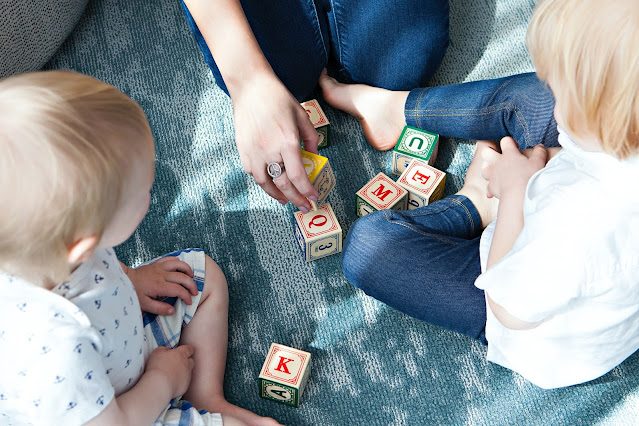I know what some of you might be thinking — Coding? Teaching programming to your kids can be difficult, especially for those who aren’t familiar with coding. However, parents don't need an extensive programming background to teach kids to code.
According to MIT, the best age for kids to start learning coding languages such as Scratch Jr is from the age of 5 to 7. People often achieve this through different logical games that help in simulating the skill of coding. After some time, you can move onto the more demanding exercises such as learning scripting languages like HTML and JavaScript which are easy to use and don't need to be compiled. Then, Python which is a powerful, expressive programming language that’s easy to learn and fun to use. Maybe the kids are interested in robots, then find some Raspberry PI projects on YouTube and watch them together then support them to start applying what they are learning.
So depending on the children's age and their interests, you need to apply a specific approach. For example, you cannot tell a teenager to draw circles on the screen and that's how they'll learn programming. It should be an interesting approach otherwise they lose focus and interest to learn programming.
Here are 6 interesting resources that you can share with your kids to encourage them to start learning coding:
Code.org A non-profit foundation, code.org is a free coding website for kids to get started in coding. It features web resources, tools, apps, and a list of local facilities that offer programming for kids.
Scratch is one of the most popular coding tools for kids, and it’s designed to help students with little to no coding experience. Scratch is a visual programming language and online community targeted primarily at children, by coding with bricks in the editor. Users of the site can create online projects using a block-like interface.
Tinker teach skills like computer programming, thinking, and problem solving. Users will learn how to logically sequence events, create playable games, tell good stories, and model real situations. They also learn computational thinking by developing algorithmic and design thinking abilities. After learning the fundamentals, kids can transition to JavaScript within the Tynker learning system.
CodeAcademy is an online interactive platform that offers free coding classes in 12 different programming languages including Python, Java, JavaScript (jQuery, AngularJS, React.js), Ruby, SQL, and Sass, as well as markup languages HTML and CSS.
Tekkieuni is a virtual school brought to you by the eTeacher Group, an international company that operates leading virtual schools throughout the world. All of their pedagogical structured lessons are taught via live video streaming, allowing the kids to connect and interact with the teacher and their fellow classmates in real time.
CodeMonkey is an online game for the youngest students, which teaches coding through step-by-step tutorials, in a number of different levels. They provides good coding practice and uses a real programming language called Coffeescript that is similar to JavaScript, which is being used frequently for Web applications and is much easier for kids to understand.


You should mention pixelpad.io, a great resource to go beyond scratch and learn coding in python
ReplyDeletehi
ReplyDelete